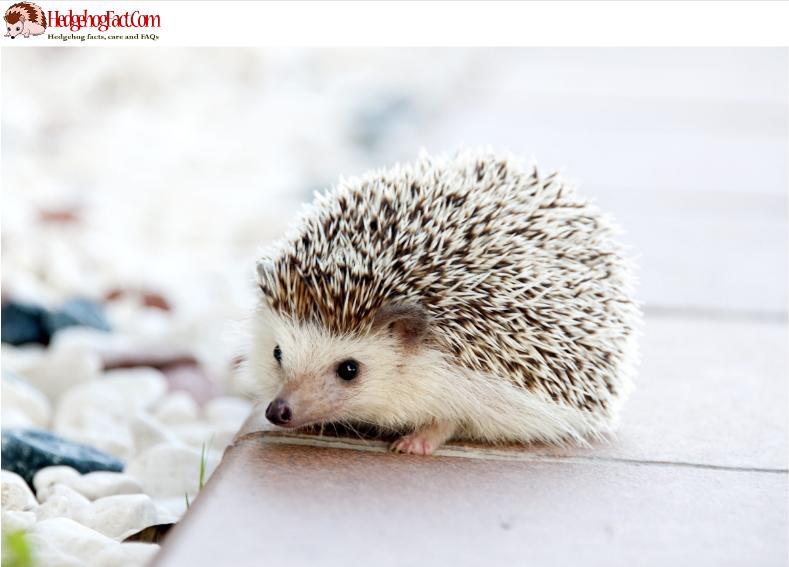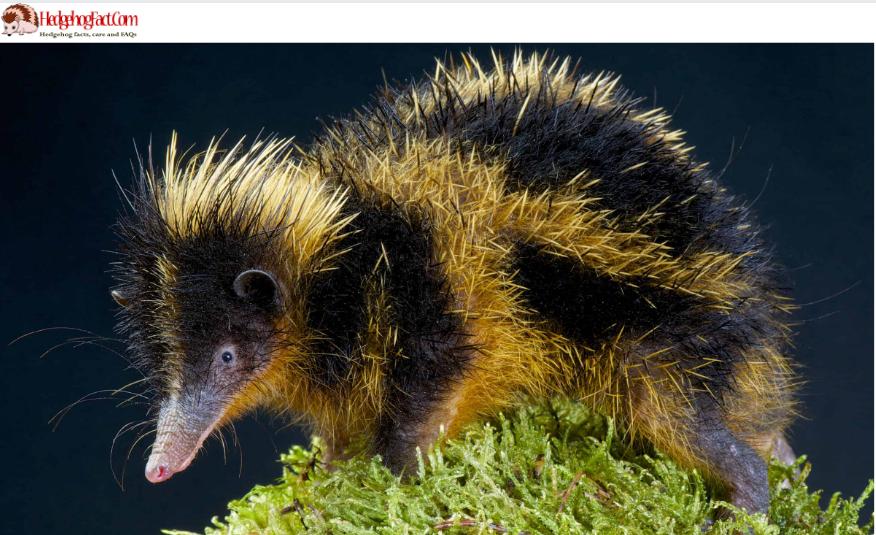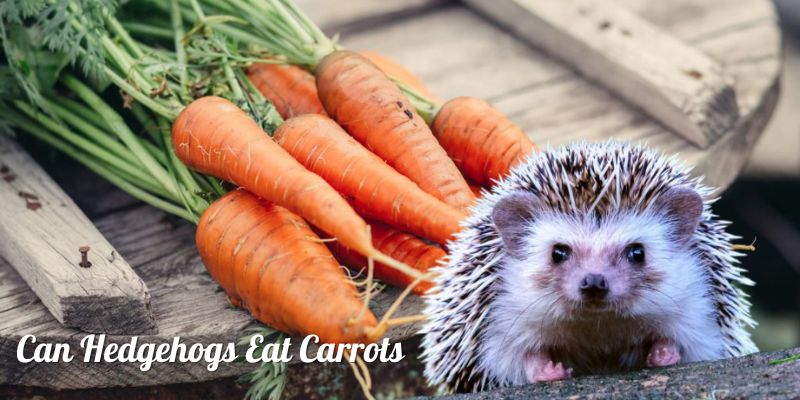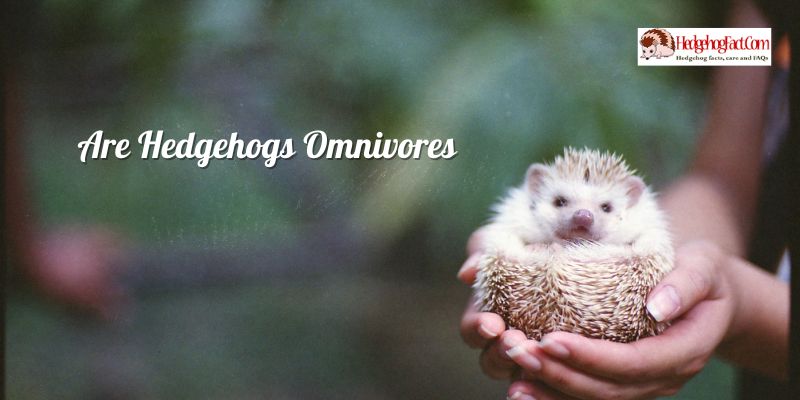Hedgehogs are adorable creatures with spiny exterior and cute faces, and it is not surprising that people would be interested in learning about other animals that look similar to them. In this article, Hedgehogfact.com will explore Animals Similar To Hedgehogs: A Comprehensive Guide that shares similarities with hedgehogs, including their physical characteristics, habitat, and behavior.
What is a Hedgehog?
Little, insectivorous animals known as hedgehogs can be found in New Zealand, Europe, Asia, and Africa. They are most frequently seen in temperate areas including gardens, forests, and hedgerows. Due to the prickly quills that cover their sides and backs, hedgehogs have a distinctive appearance.
The hedgehog uses these quills as a form of defense, and when it senses danger, it will roll up into a ball and only leave its quills exposed. Due to their nocturnal nature, hedgehogs are most active at night. Although having a limited vision, they have highly developed senses of hearing and smell, which aid them in locating prey and avoiding predators.

Hedgehogs consume many small invertebrates, including insects, snails, and worms. They are omnivores. They are also known to consume fruits, berries, and small animals like frogs and lizards.
In some nations, hedgehogs are a common pet, but it’s vital to remember that they need specialized care and can be challenging to take care of properly. Hedgehogs are protected by legislation in many areas, making it unlawful to keep them as pets without a license or permit. If you come across a hedgehog in the wild, it’s better to keep your distance and refrain from approaching it.
Physical Characteristics of Hedgehogs
Little mammals, hedgehogs range in size from 4 to 12 inches in length and weigh between 14 and 39 ounces. Sharp spines, usually brown, black, or white, are all over their bodies. Their eyes are big and round, and their bellies are velvety and fluffy. Hedgehogs use their great sense of smell and excellent hearing to find prey.
Habitat and Distribution of Hedgehogs
There are many habitats where hedgehogs can be found, such as grasslands, woodlands, deserts, and suburban regions. They were initially only found in Africa, Asia, Europe, and New Zealand, but were later brought to other continents, including North America. The abundance of shelter provided by shrubs, logs, and leaf litter is preferred by hedgehogs.
Behavior of Hedgehogs
Animals that live alone and are mostly active at night are hedgehogs. They snooze during the day in grass and leaf nests. Snorts, grunts, and hisses are just a few of the sounds hedgehogs make to communicate with one another. They can curl up into a tight ball when frightened, which makes it challenging for predators to attack them.
Other Animals Similar to Hedgehogs
Tenrecs
Tenrecs, members of the family Tenrecidae, are little, spiny mammals that resemble hedgehogs in appearance. There are more than 30 different species of tenrecs, which are native to Madagascar and several regions of Africa.

Tenrecs are armed with spines or quills all over their bodies, similar to hedgehogs. Tenrecs, in contrast to hedgehogs, have a larger variety of physical traits, and some species lack any spines at all. Others have shorter snouts and are more suited for eating fruit and nectar. Other tenrecs have lengthy snouts for probing into the ground to find insects.
Tenrecs exhibit a variety of behaviors and routines. They live in a range of habitats, including forests, grasslands, and even waterways. Some are nocturnal, while others are diurnal. Tenrecs are a different group of creatures with their unique traits and adaptations, despite some similarities to hedgehogs.
Porcupines
Hedgehogs and porcupines are both spiny mammals, however, porcupines are endemic to the Americas and are in a distinct family called Erethizontidae. The quills that porcupines deploy for defense are longer, thicker, and more acutely pointed than those used by hedgehogs.
Hedgehogs are smaller than porcupines, and can weigh up to 35 pounds in some species. They consume a range of plants, including bark, leaves, and stems, as they are herbivores. Porcupines have a different form of defense than hedgehogs, which can curl up into a ball for safety.

They will erect their quills and turn their backs towards the aggressor when threatened, making it challenging for predators to approach them without getting tangled. The porcupine will lash out with its strong, quill-covered tail if the attacker continues.
However, despite some similarities between them, hedgehogs and porcupines are separate species with distinctive traits and adaptations of their own.
Shrew Tenrecs
Tenrecidae, or shrew tenrecs, are a subfamily of tiny insectivorous mammals that are indigenous to Madagascar. Because they resemble both shrews and hedgehogs, they are frequently referred to as “shrew hedgehogs.”

Shrew tenrecs have long snouts that they use to explore the ground for insects and other small invertebrates and short, thick fur. Although they have small eyes and poor vision, they have keen hearing and smelling senses that help them find food and navigate their surroundings.
Shrew tenrecs lack the spines and quill that hedgehogs and porcupines do to defend themselves. Instead, they use a particular defense technique called “stridulation,” which includes rubbing specialized ridges on their back against one another to produce a high-pitched buzzing sound. This sound, which can be heard up to 30 feet away, is intended to frighten off predators.
Shrew tenrecs are solitary creatures that are mostly active at night. They can be found in a range of environments, including cities, grasslands, and even forests. They are significant contributors to ecology and are essential in regulating insect populations.
Conclusion
In conclusion, several types of spiny or spiky mammals are similar in appearance to hedgehogs, but each has its unique characteristics and adaptations.





